About
Daian aims to provide a relaxing experience with semi-private partitioned seating as well as the best ingredients sourced domestically. They get their charcoal from Wakayama, their chicken from Nara, and duck from Kyoto. In addition to the traditional Japanese atmosphere and food, the restaurant boasts a fine collection of wine.
For more information and videos of the soba noodle-making process, see their website.
| URL | https://www.tripadvisor.com/Restaurant_Review-g14133707-d2545484-Reviews-Soba_Dining_Daian-Shinjuku_3_Chome_Shinjuku_Tokyo_Tokyo_Prefecture_Kanto.html |
|---|---|
| Restaurant’s Name (Japanese) | 石臼粗挽き 手打そば 大庵 |
| Business Hours | Monday 5:00 PM – 10:00 PM Tuesday – Thursday Lunch: 11:30 AM – 2:30 PM Dinner: 5:00 PM – 10:00 PM Saturday 12:00 PM – 11:00 PM Sunday 12:00 PM – 10:00 PM |
| Category | Soba Restaurant, Modern Dining |
| Budget | Lunch ¥1,000 ~ 2,000 Dinner ¥6,000 ~ 8,000 |
| TEL | +81 03-3352-5113 |
| Address | 36-6 2F Daian Bldg, Shinjuku 3 Chome, Shinjuku 160-0022 Tokyo Prefecture |
Review
Food
Daian, while known for its soba, offers a range of seasonal Japanese-style dishes as well as an extensive drink menu. Items came out expertly plated with bright colors and beautiful dishes. The stars of this course were the spaghetti squash with fish in a sesame vinegar sauce, the yonezawa shabu shabu beef (a wagyu from Yamagata prefecture), the sashimi with an interesting side of nutty buckwheat pods, and the handmade soba noodles.
Like most traditional Japanese restaurants, Daian highlighted the flavors of the ingredients in each dish and leaned heavily into seasonal ingredients. The matsutake rice dish was very mild to let the subtleties of the mushroom shine through. The squash paired with fish was refreshing and zesty. This tendency to let the freshness of the ingredients lead in Japanese cuisine is not for everyone, and dishes like the leftmost vegetable, pictured with the array of small appetizers, had almost no flavor outside of the bitterness of the stems. It did offer a crunchy palate cleanser to go along with the heavily salted ginkgo fruit, but for people unaccustomed to Japanese cuisine it may be a swing and a miss. For others, each dish offers new flavors to look forward to without being too oily, salty, or overpowering. The light soup with blackened fish, taro stems, and pickled plum really showcases this melding of flavors. The unique use of buckwheat seeds to add a delicious nuttiness to the sashimi is another fine example.
This facet of Japanese cuisine aside, most can appreciate a good soba noodle. Daian’s handmade soba noodles are exquisite with a stone-ground whole buckwheat mouthfeel that enhances the springy, chewy texture of the noodles. Guests can also see them being made through a window which can be fun for young and old alike.
Atmosphere
Up a flight of stairs and away from the noise of the busy street below guests find themselves in a warm and softly lit, quiet venue heavily featuring wood and bamboo woven screens that separate the different seating arrangements. Guests can opt for a counter with a view of the kitchen, cozy booths, or private rooms with horigotatsu floors, a kind of floor seating with a pit under the table to allow for more leg room. While the screens cut down on most of the noise, guests can get more jovial as the evening goes on.
Price
The course featured here was priced at 5,000 yen. Some extra charges that were plainly printed at the front of the menu were the cost of otoshi, 300 yen, and a service charge of 10%. Service charges aren’t unheard of in Japan, but it was unexpected.
Location
Just a few minutes from the JR station this restaurant is in a prime spot. Some restaurants can be hard to get to in this area, even when using Google Maps, but this restaurant was easy to find.
Service
There was no wait on a weekday before the dinner rush, but only the counter was available. With how famous this place is, it may be better to make a reservation, especially for large groups. Upon ordering the course, the server made it clear that the course typically lasts two hours and waited for confirmation that the timeline was acceptable. Servers were quick to refill tea and clear plates. The dishes could have been paced better. There was quite a large gap between the appetizers and the beef dish.
Final Verdict
Overall, this restaurant was a great example of Japanese cuisine and it definitely knows its way around a soba noodle, however, even with the lovely atmosphere and service, the course was a bit expensive and with how slowly the dishes were prepared, dinner felt drawn out. Going at lunch or ordering the soba á la carte may be better options for budget-conscious guests.
Related Articles (Coming soon)
Free Activities in Shinjuku, Traditional Japanese Cuisine, Tokyo Neighborhood Guide

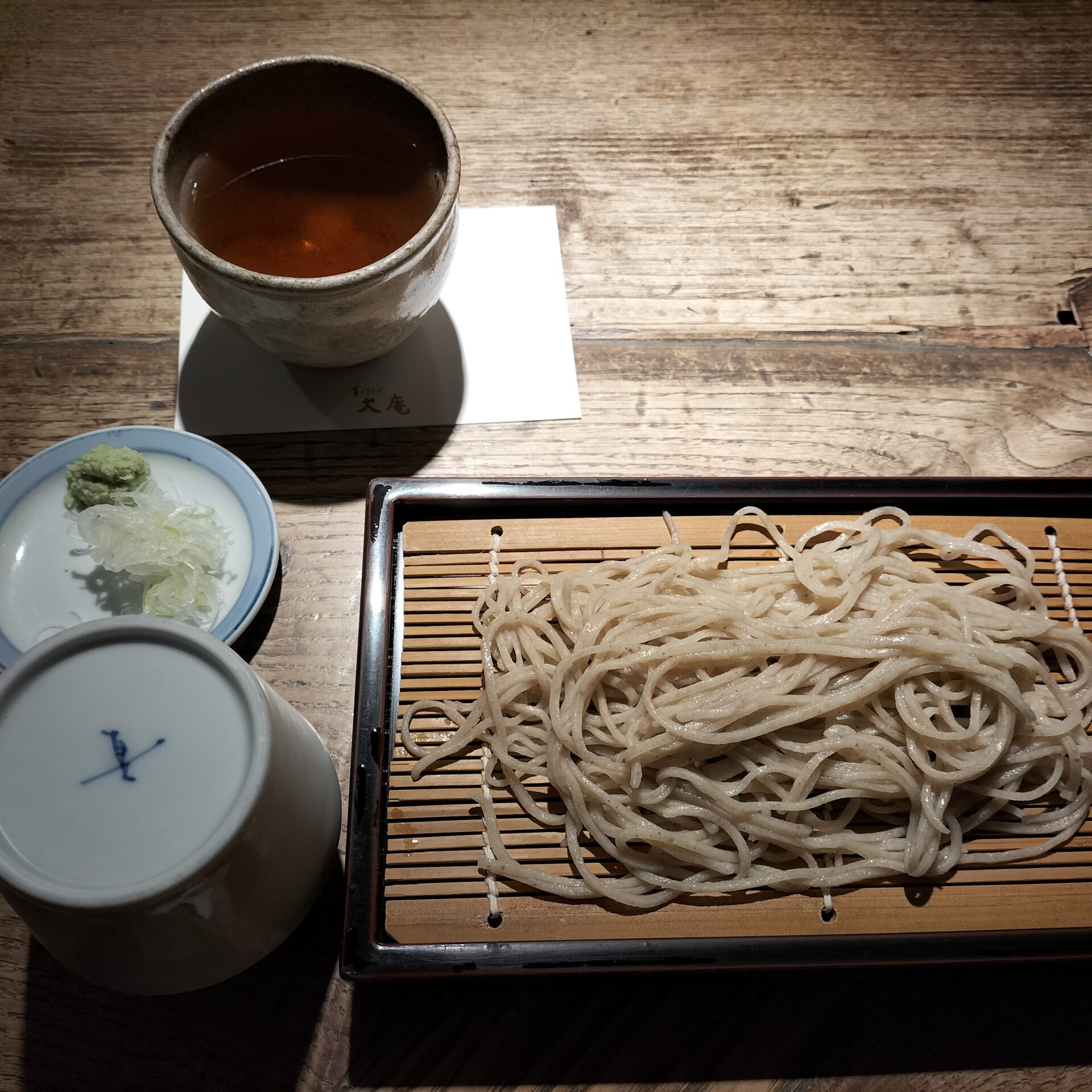
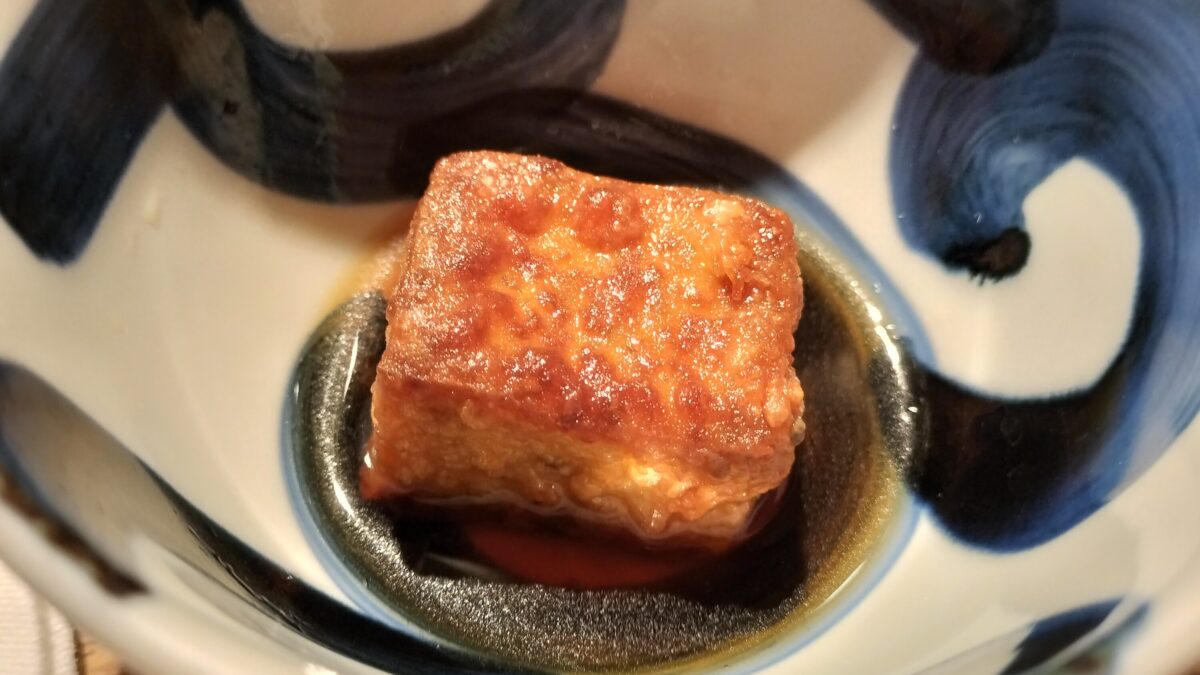
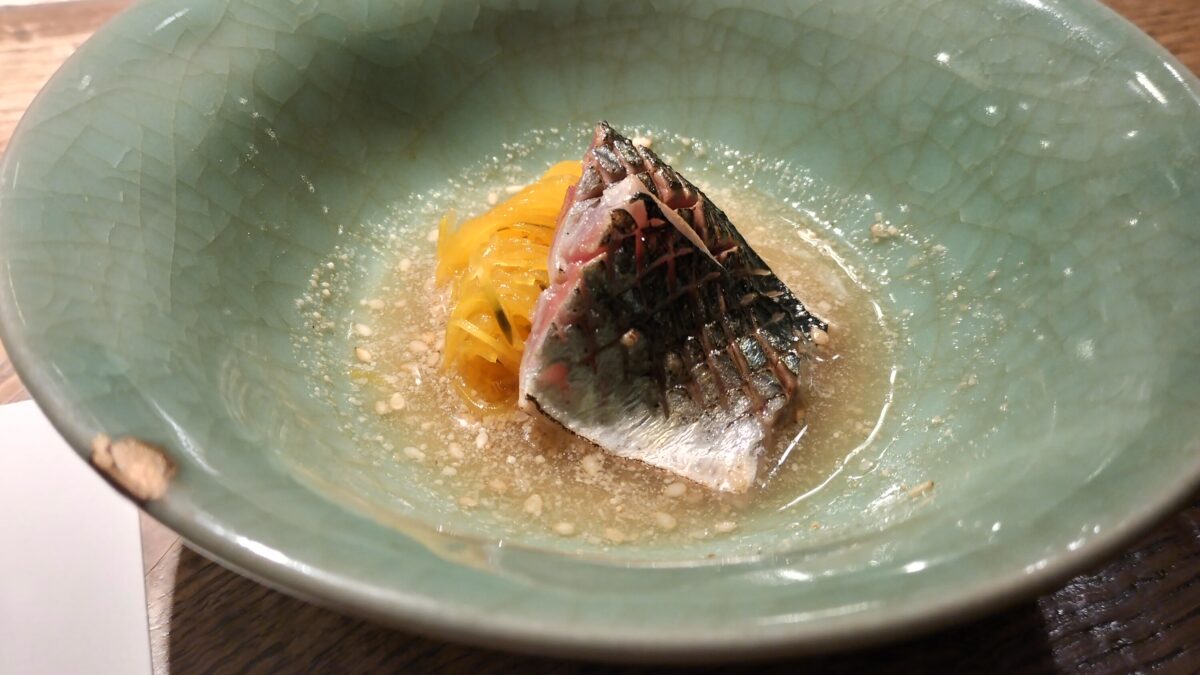
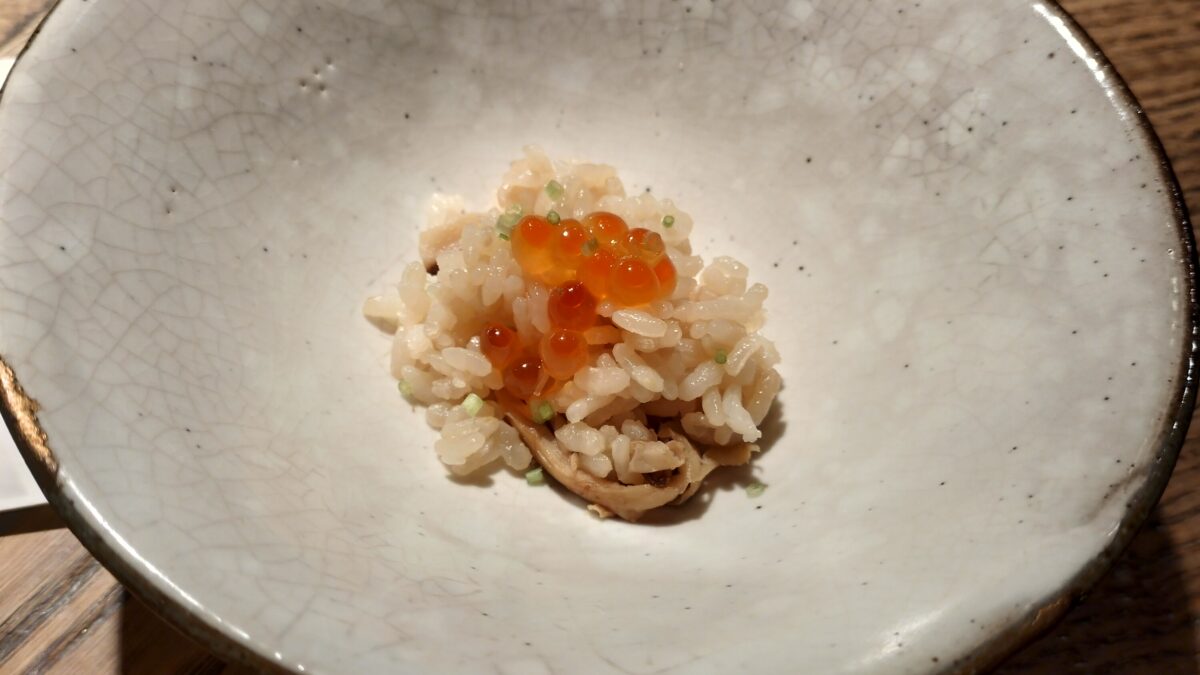
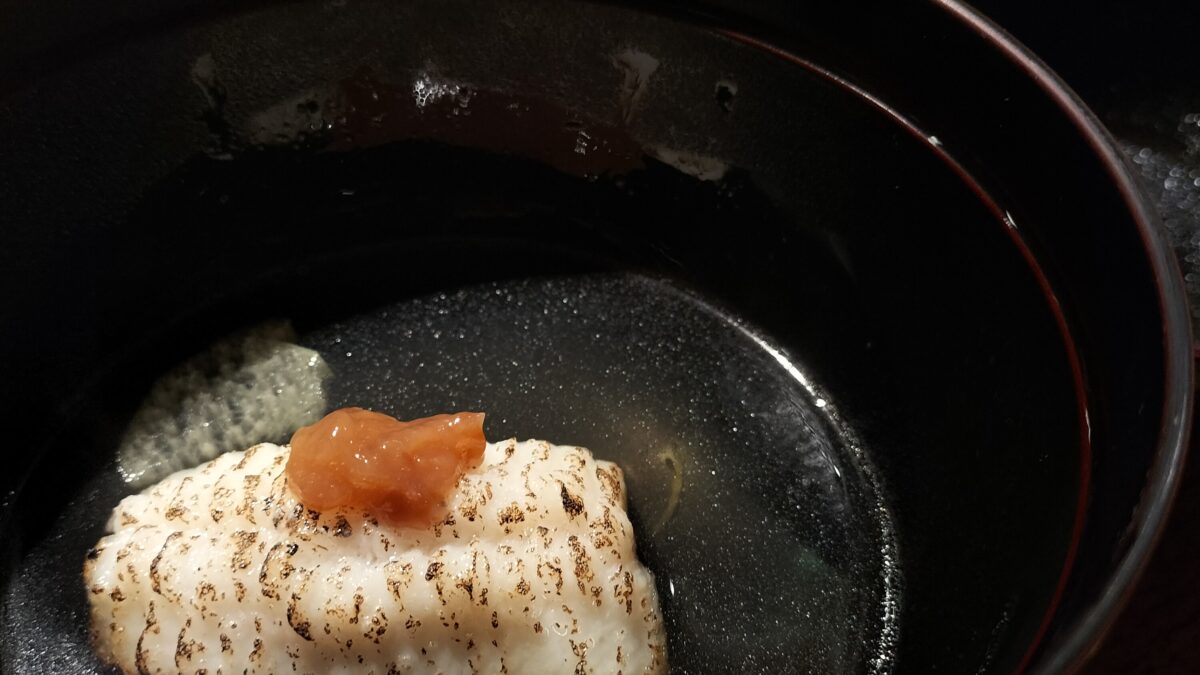
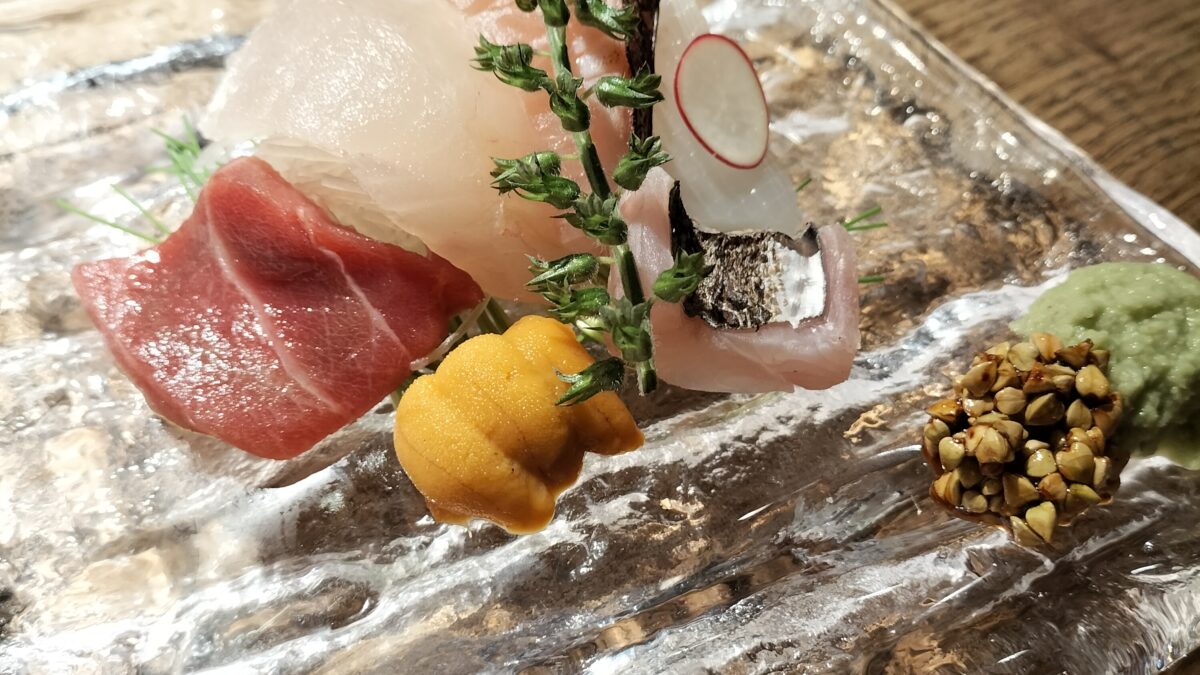
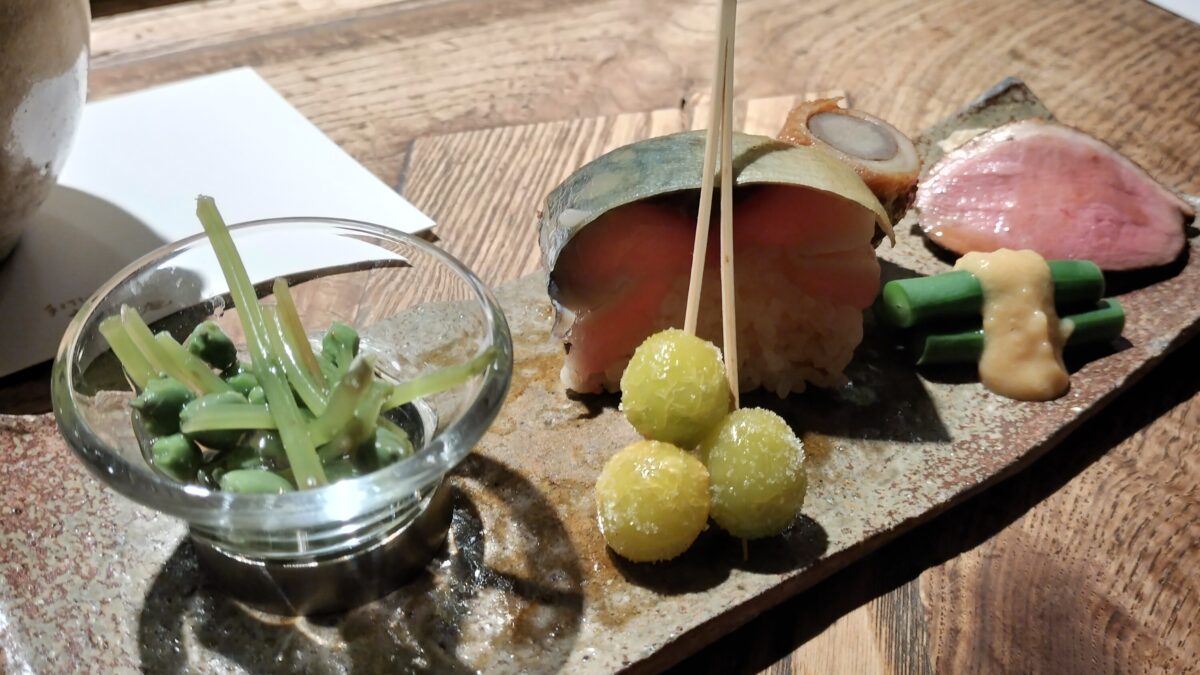
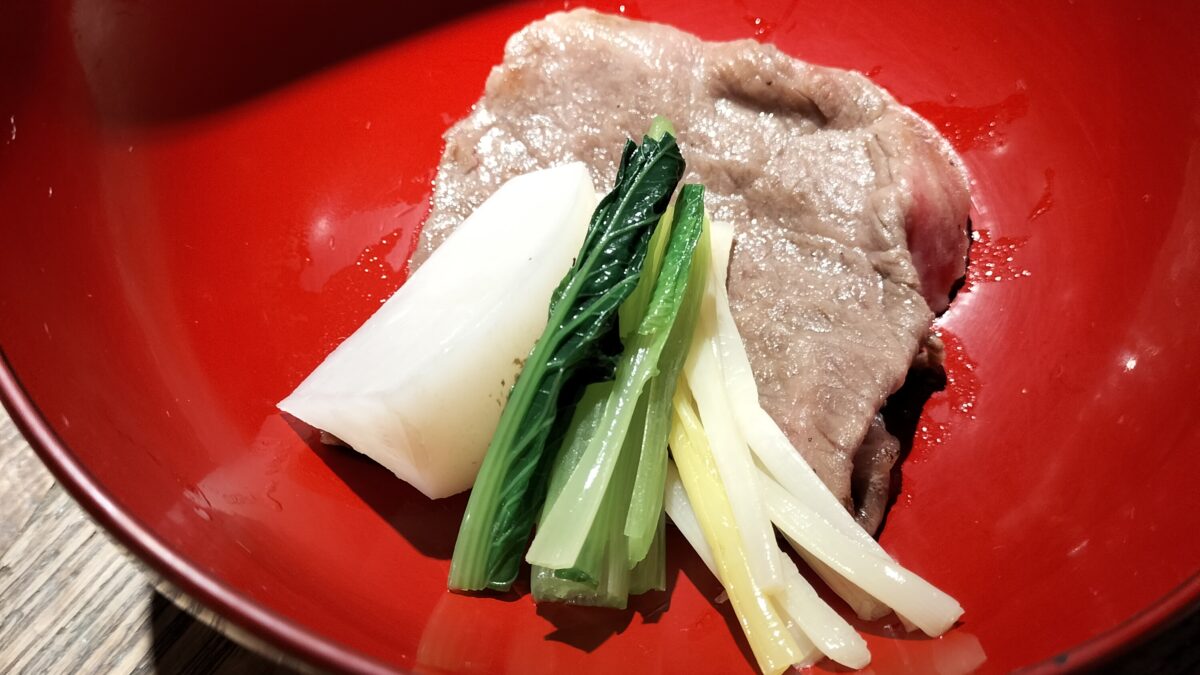
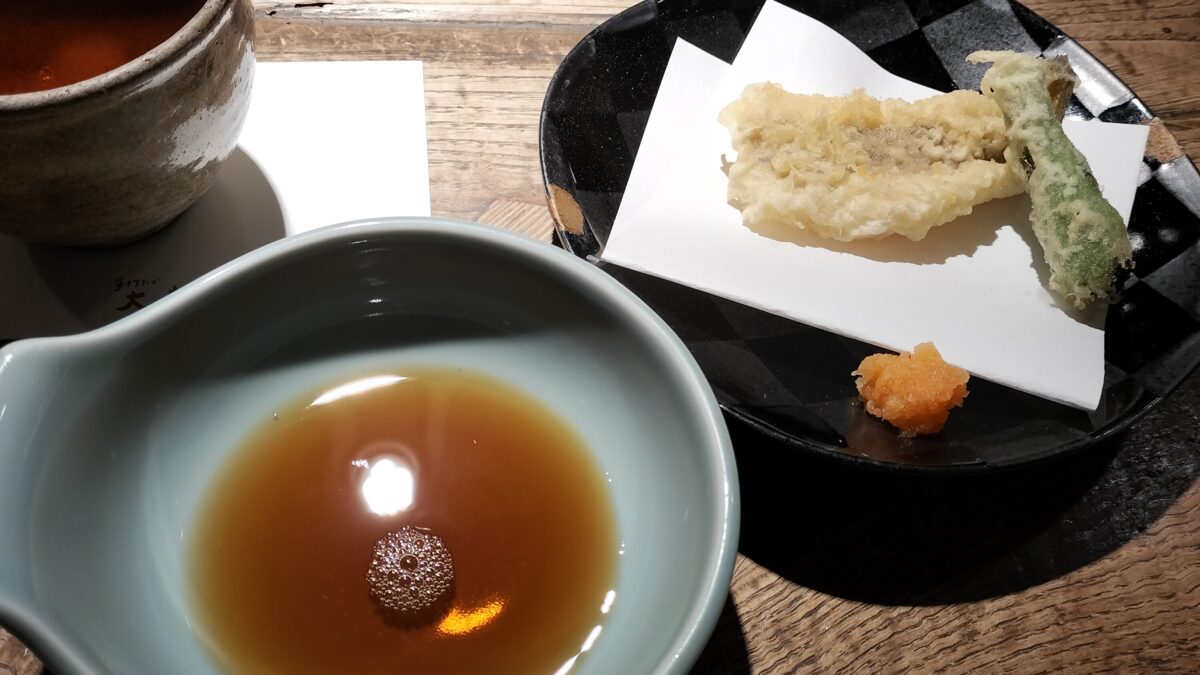
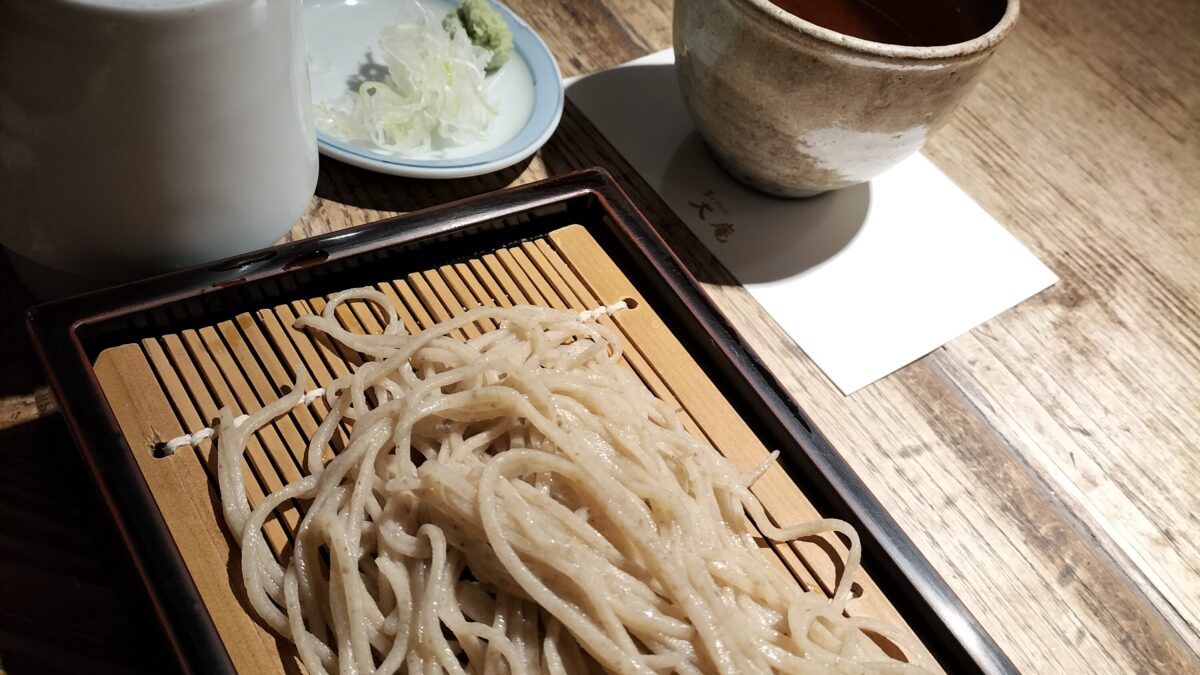
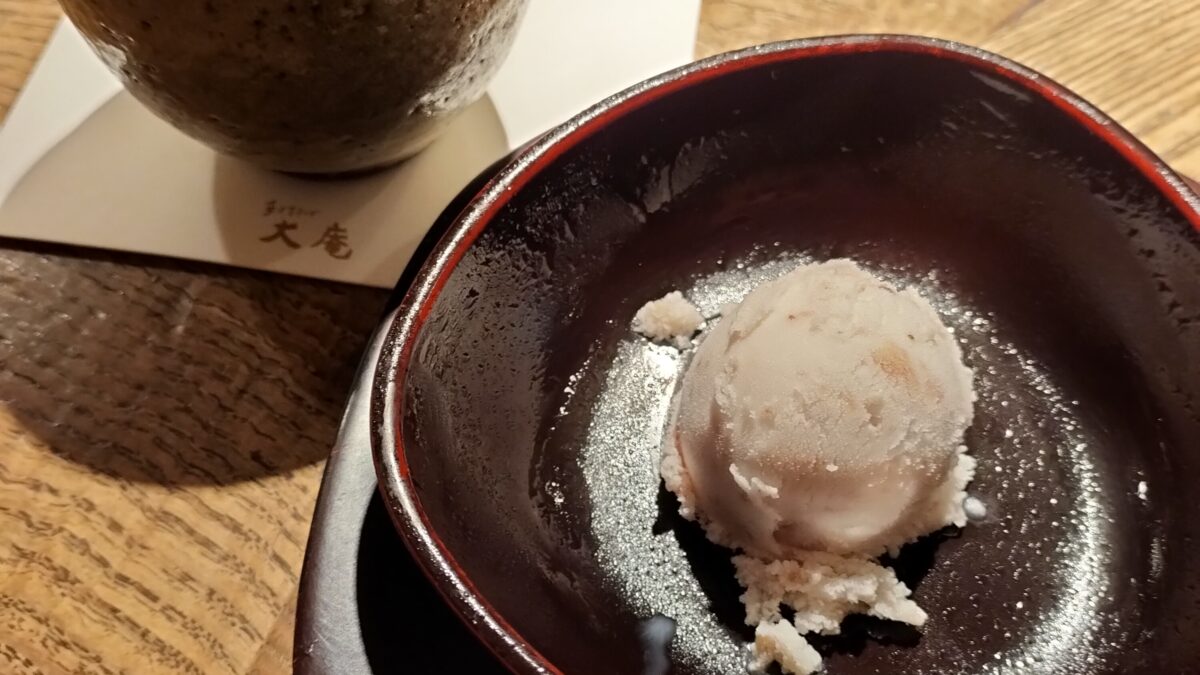
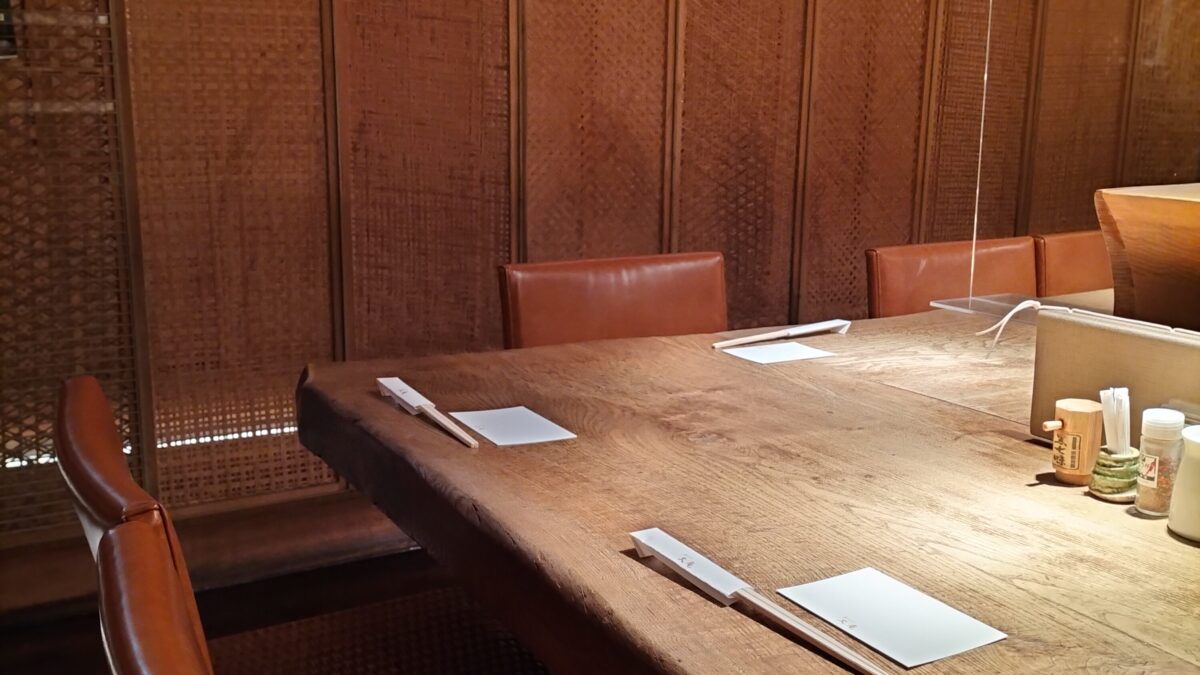
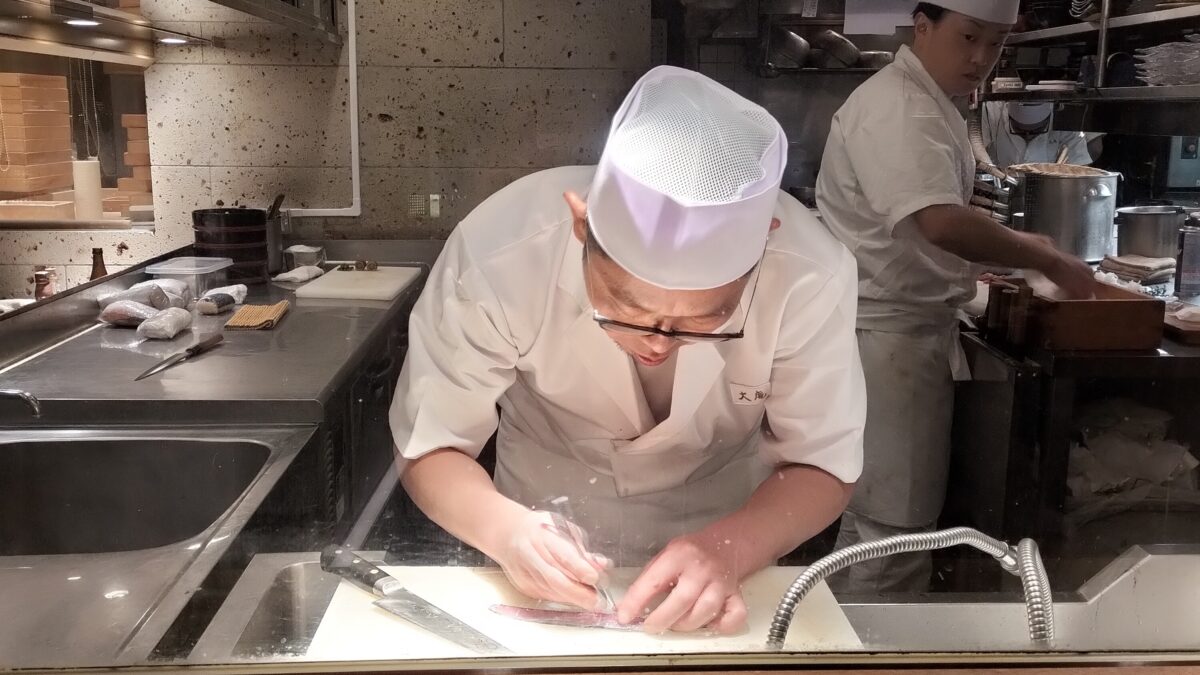
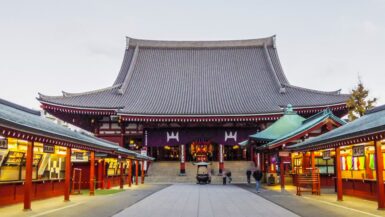
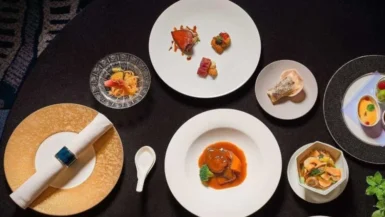
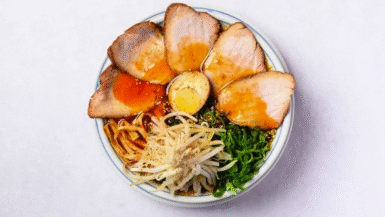
Leave a reply